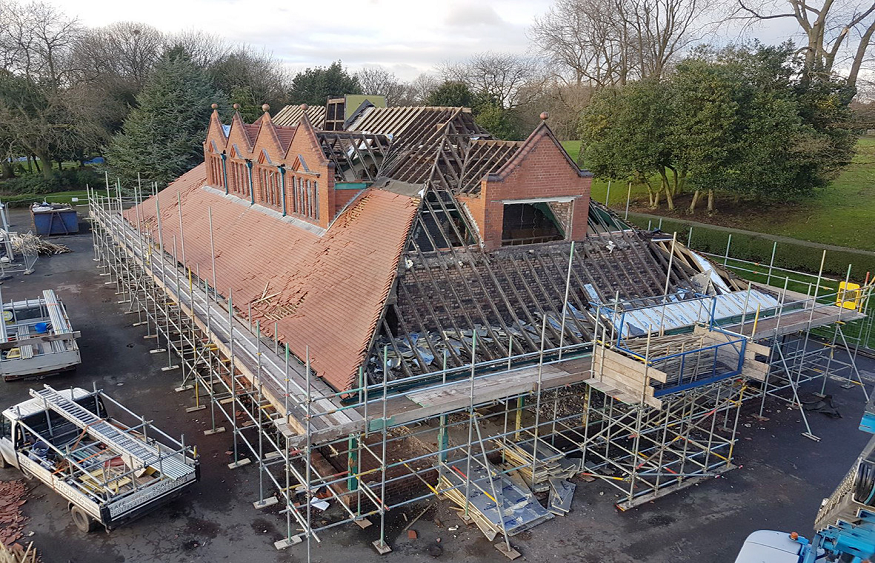
Scaffolding is an essential element of modern construction, providing a temporary structure that supports workers, tools, and materials. In recent years, the construction industry has embraced advanced technology to improve safety, efficiency, and productivity. This article explores the advanced technology used by All Trade Scaffoldingin design and construction and examines the benefits of these new approaches.
Some of the most significant advances in scaffold design and construction include:
- 3D Modeling and Simulation: The use of 3D modeling and simulation software has revolutionized scaffold design, enabling engineers to create highly detailed models of scaffold structures. This software allows engineers to simulate the behavior of the scaffold under various conditions, enabling them to identify potential design flaws and make necessary modifications.
- Robotics and Automation: The use of robotics and automation in scaffold construction has enabled builders to create structures that are more efficient and precise. Robotic systems can be used to automate the assembly of scaffold structures, reducing the time and effort required to construct them.
- Advanced Materials: The use of advanced materials in scaffold construction has enabled builders to create structures that are stronger and more durable than ever before. New materials such as high-strength steel alloys, carbon fiber composites, and advanced plastics offer greater strength and durability than traditional materials such as wood and aluminum.
- IoT and Sensors: The use of IoT and sensors in scaffold construction has enabled builders to monitor the performance of scaffold structures in real-time. Sensors can be used to monitor the stress and strain on scaffold components, providing early warning of potential failures.
Benefits of Advanced Technology in Scaffold Design and Construction
- Increased Safety: The use of advanced technology in scaffold design and construction has improved safety in the construction industry. 3D modeling and simulation software, robotics, and sensors have all contributed to creating structures that are safer for workers to use.
- Increased Efficiency: The use of advanced technology by All Trade Scaffolding has increased efficiency in the construction industry. Robotic systems and automation have reduced the time and effort required to construct scaffold structures, while IoT devices and sensors have provided real-time data on their performance.
- Improved Quality: The use of advanced technology in scaffold design and construction has improved the quality of scaffold structures. 3D modeling and simulation software enable engineers to identify potential design flaws before construction, while advanced materials offer greater strength and durability.
- Reduced Costs: The use of advanced technology in scaffold design and construction has reduced costs in the construction industry. The use of automation and advanced materials has reduced the time and effort required to construct scaffold structures, while IoT devices and sensors have reduced the need for manual monitoring and inspection.

